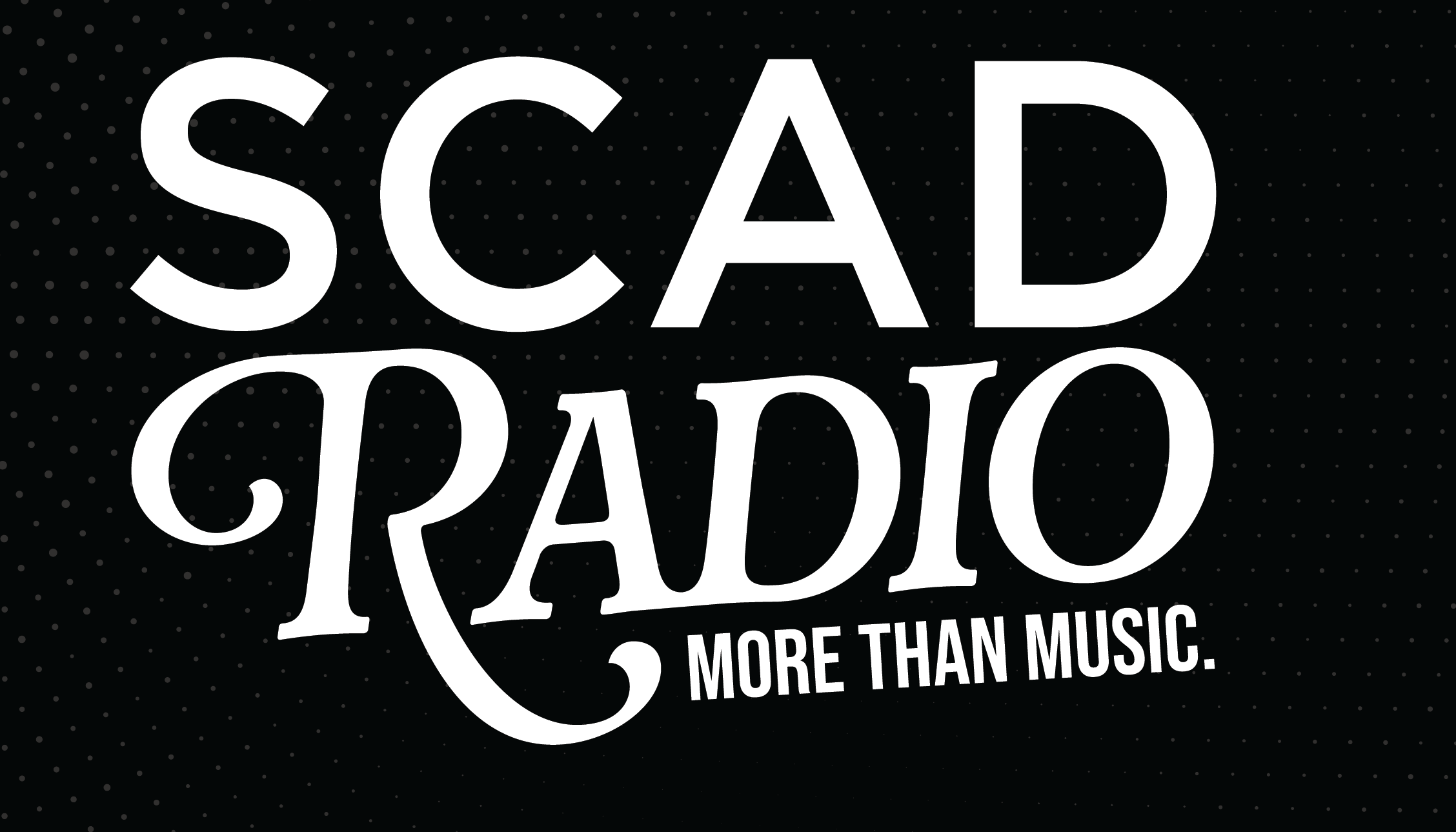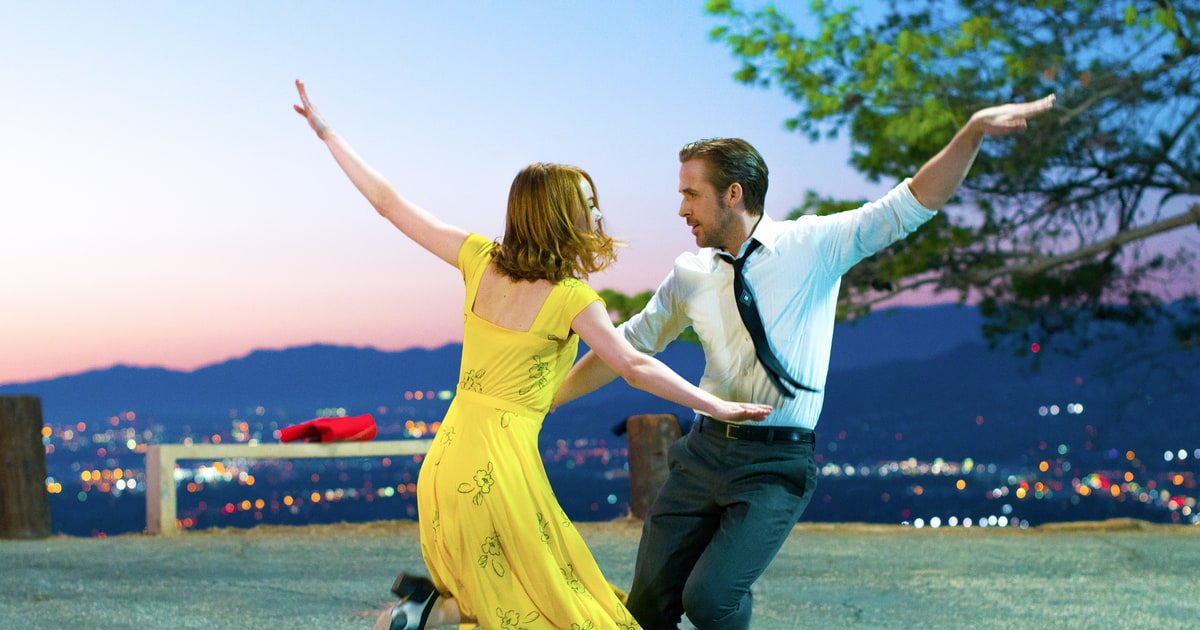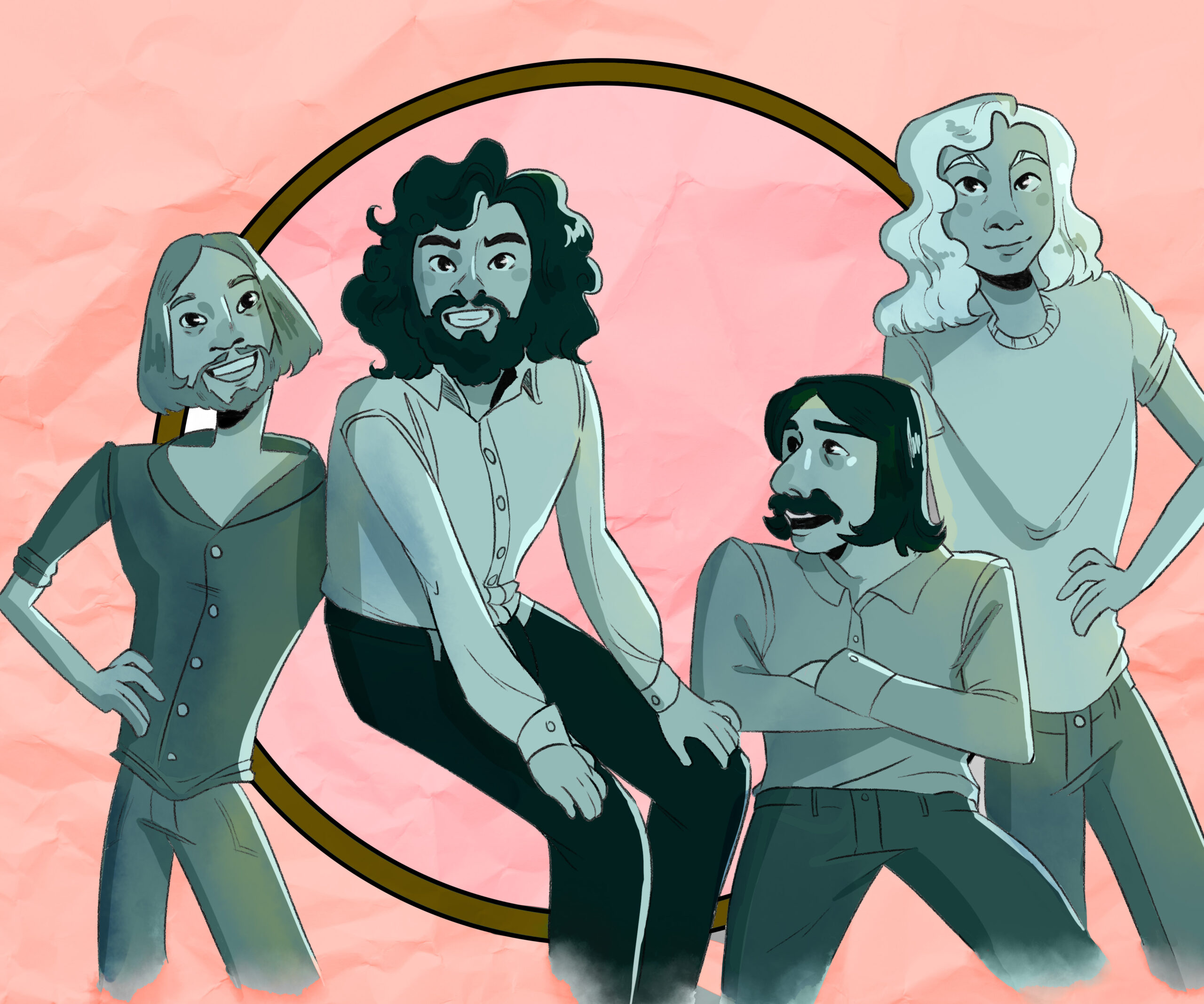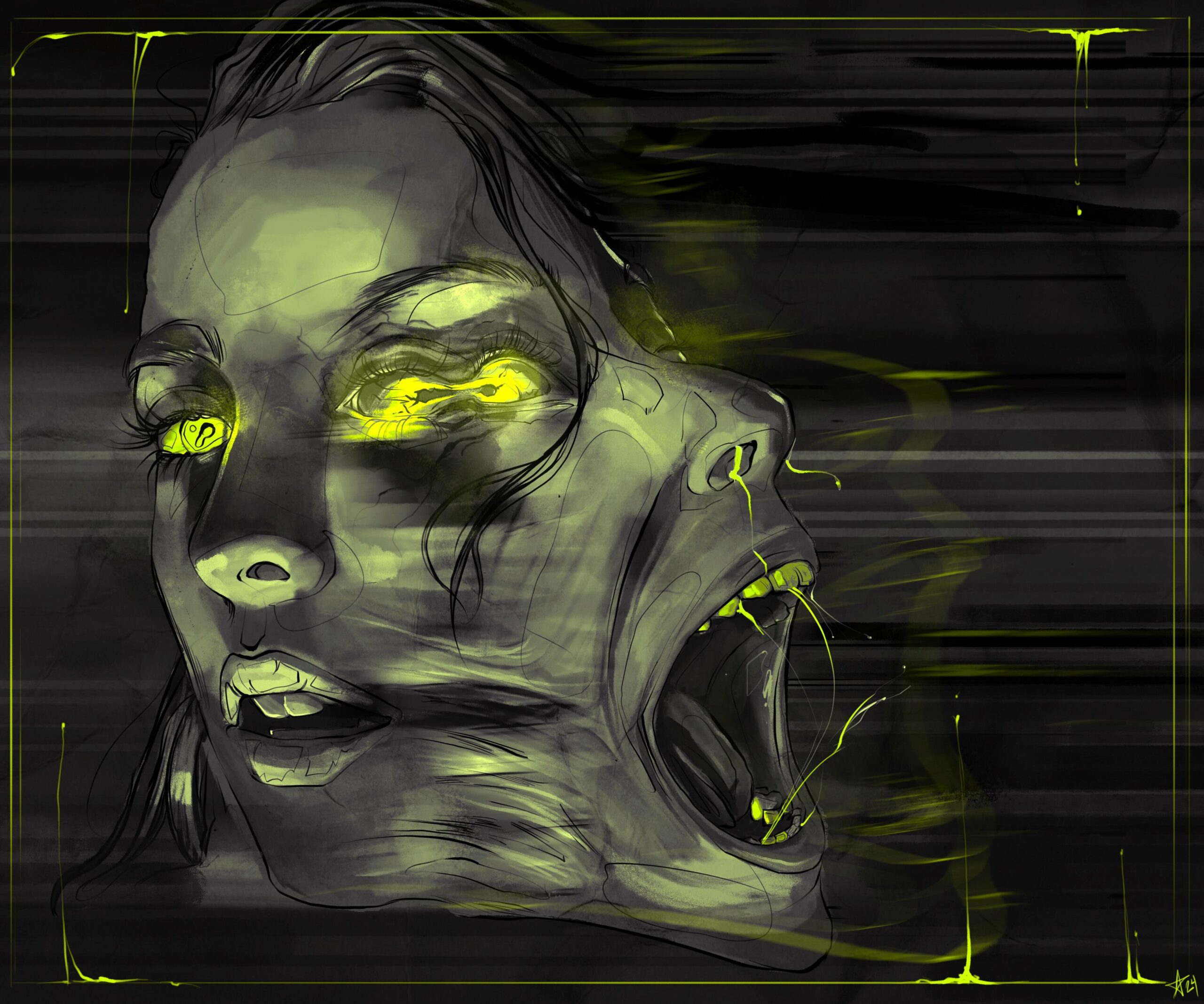I, like many, watch movies primarily as an escape. They afford me a chance to disconnect from reality and give myself over to a story told by people far more talented than myself. The bad and mediocre movies yank me back into reality. They lose their grasp on me, and remind me that I am merely watching moving images in a black box, surrounded by people whom I don’t know.
The great ones hold me and never let go. I replay their scenes, music cues, and lines of dialogue in my head for months and years afterwards. For this reason, the experience of going to a theater has and will always be sacred to me. That sense of boundless possibility has always been my favorite aspect of the experience of watching movies.
I say this all as a prelude to this potentially outlandish statement: Damien Chazelle’s La La Land is one of the most magical and enchanting movies ever made. It’s a slap in the face to the film market of 2016, one which hands out ludicrous amounts of money to lackluster and underdeveloped stories and is similarly obsessed with making sure that everything contain brand recognition of some sort. Some of these $250,000,000 “experiments” work. Most of them don’t. Over the past few years, the best moderately-budgeted storytelling has shifted to TV, as the market for original, unbranded studio filmmaking has all but dried up. As someone who hopes to work in the industry one day, these recent trends are incredibly disheartening. It’s movies like La La Land that temporarily restore my faith in the industry.
At this point, I should probably tell you what it’s about. First of all, La La Land is a musical, very much in the tradition of classic old studio productions. If it had been made in the 30’s or 40’s, it would have starred Fred Astaire and Ginger Rogers. In this film, Emma Stone and Ryan Gosling are paired together for the third time, the first two instances being Crazy, Stupid, Love and Gangster Squad. They are the closest thing to an established onscreen couple that we have in Hollywood in 2016, and the duo have feisty and captivating chemistry once again.
Stone plays a barista named Mia, who works on a studio lot and serves coffee to famous actors and actresses between her own auditions. Gosling plays Sebastian, a jazz pianist who is dissatisfied with playing the simplistic, menial gigs that he needs to in order to make ends meet. I won’t spoil the manner in which the two meet, but
it very much fits in with the sense of heightened reality that are so often a part of on-screen musicals. However, it is in this arena that La La Land succeeds where most movie musicals do not. It grounds its initial sense of boundless optimism and coincidence in frighteningly realistic themes of commitment and the pursuit of one’s dreams. The characters in this film don’t sing every word. Instead they talk like real, relatable people. The story has twists and turns, but its intent is not to shock you. It sticks by its characters and is unafraid of showing their uglier sides.
This approach has a brilliant effect. I have been watching movies for as long as I have been alive, and rarely have I seen an audience as enraptured in a film as they were in my screening of La La Land. They laughed at every joke (and there are many excellent ones, far more than I had expected), ‘oohed’ and ‘aahed’ at every breathtakingly beautiful moment and cried when the story went for raw emotion. I was right there with them. This movie has a very wide emotional palette, and effortlessly evokes awe, sympathy, and heartbreak- sometimes all in the same scene. While a great deal of the credit can and should go to Damien Chazelle’s Oscar-worthy writing and directing, much of the burden falls to the brilliant actors. Emma Stone and Ryan Gosling infuse their characters with the perfect concoction of pathos, humor and genuine vocal talent.
Simply put, Mia and Sebastian are a film couple for the ages.
From a musical standpoint, the film is perfect. The opening sequence – a bravura one-take flash mob-style dance staged on a Los Angeles highway – is spectacular. Other songs are absolutely wonderful too. The two trailers for the film showcase songs called “City of Stars” (which acts as Mia and Sebastian’s unofficial theme song) and “Audition (The Fools Who Dream),” both of which are transcendently pretty. Emma Stone earns her surely forthcoming Oscar nomination on the strength of her performance in the latter song alone. It’s a truly magical moment. Another highlight is a number in which Mia and Sebastian visit the famous Griffith Observatory at night and dance off, silhouetted, into the cosmos. For many, this sequence (as well as the final number) will be the highlight of the film; however, this is not actually my favorite scene.
Early on, Mia attends a party thrown by some Hollywood elites, and she and her hopeful actress roommates attend in order to potentially book a job. Superfluous, self-serving small talk is exchanged, alcohol flows and party music blares, until it all shifts into what is certainly my
favorite movie scene of the year so far. Confetti flies in the air, the partygoers dance in slow motion, and the whole world slows to a crawl. We see that Mia is powerless to stop her promise from slipping away into oblivion. She walks isolated, alone on her quest for success, unable to engage with the people around her. The music builds, and builds, and builds. A tuxedo-clad man launches himself into the pool from a rooftop, and the action starts again. It’s a moment that has to be seen to be believed.
After my screening, Chazelle talked about how he was determined to use color in the way that the original Technicolor films did. A prior absence of color in movies allowed those films to pop off the screen, and Chazelle was determined to recapture that effect. Like every other endeavor he attempts in this movie, (or rather, his career) he succeeds with flying colors. The craft on display here is stunning. Chazelle utilizes a great deal of long takes, along with fast, dizzying crane movements to capture the movement of his characters. Every shot in this film could work as a striking photograph as well as a virtuosic display of people in motion. Similarly, the set design and art direction are terrific, simultaneously confirming to the audience that it is set in the present day while also containing crucial touchstones to the era of films that inspire it. This retro-fantastical approach fits the film’s thematic concerns, too. There are many excellent modern movies and TV shows set in Los Angeles, but only La La Land presents it as a kaleidoscopic, surreal canvas where many dreamers reside but few succeed.
Speaking of dreamers, La La Land acts as a tribute to those of us who dare to hone their creative talents to create their own reality. It challenges us not to settle for what’s easiest or what others tell us is right. It challenges us to take that chance, book that audition, and start our own business. Our words may fall on deaf ears, but by staying silent we fall prey to the invisible, devilish noises inside our heads. Although this may sound incredibly cheesy and fit for a Hallmark card, the message rings true because of the semi-autobiographical nature of the story. The people behind this film have reached the mountaintop, and they want us to come along and take in the view. Stone sings:
“Here’s to the ones who dream
Foolish as they may seem
Here’s to the hearts that ache
Here’s to the mess we make”
The title refers simultaneously to the city in which it takes place and to a dreamlike state of being. It conjures this feeling by being impeccable in every possible department. Initially, I found the pacing to be very uneven towards the end of the second act, but upon further reflection I’ve decided that the tonal shift is representative of the characters’ respective lives at that point in the story. It still is perhaps about five or ten minutes too long and is at times a tad slow, but I’m really just nitpicking at this point. Over a week after having seen it, I still can’t believe it exists in as perfect a state as it does. I was leaning forward in my seat for the entirety of its two hour runtime, and the ending almost sent me onto the floor. The final image is one I’ll never forget.
La La Land is awe inspiring, life affirming, and it will stand the test of time. It will warm even the most cynical of hearts, and it will do so without ever feeling smug or self-satisfied. La La Land speaks to the inherent potential within every one of us. Its characters are on a mission to prove themselves and justify their respective places in the world. In the year 2016, when it seems like our collective moral fiber is disintegrating in front of our eyes, we must look to the healing, restorative power of boundless, brilliant art.
La La Land is the cinematic equivalent of someone playing a lonely trumpet in the middle of a busy street. All we have to do is tune out the noise and listen.






Leave a Reply